What is Druzy in Jewelry?
Have you ever come across a piece of jewelry that sparkles like a galaxy of stars trapped in a tiny gemstone? Chances are, you might have encountered a piece featuring druzy. But what exactly is druzy and why is it so popular in the world of jewelry?
What is Druzy?
Druzy, also spelled as drusy or druse, refers to a layer of tiny crystals that form on the surface of a gemstone. These crystals are typically found in a blanket-like formation, creating a stunning shimmering effect that resembles the appearance of glitter or sugar. Druzy can occur in a variety of gemstones, including quartz, agate, and garnet, among others.
How is Druzy Formed?
The formation of druzy is a natural process that occurs when water carrying dissolved silica seeps into porous areas of a rock or gemstone. As the water evaporates, it leaves behind the silica, which then crystallizes on the surface, forming the distinctive sparkly layer known as druzy. The size of the crystals can vary, ranging from fine to larger formations, contributing to the unique look of each piece.
Why is Druzy Popular in Jewelry?
One of the main reasons for the popularity of druzy in jewelry is its eye-catching appearance. The sparkling effect created by the tiny crystals adds a touch of glamour and sophistication to any piece. Additionally, druzy comes in a wide range of colors, making it versatile and suitable for various design styles.
Furthermore, druzy is believed to have metaphysical properties, with some people associating it with promoting relaxation, stress relief, and harmony. As a result, druzy jewelry is not only aesthetically pleasing but also thought to have potential healing benefits.
How to Care for Druzy Jewelry
While druzy jewelry is undeniably beautiful, it requires special care to maintain its appearance. To prevent damage to the delicate crystals, it is recommended to store druzy pieces separately from other jewelry to avoid scratching. Additionally, it is important to avoid exposing druzy to harsh chemicals or extreme temperatures, as this can affect the integrity of the crystals.
Check out Alexa Martha Designs Handmade Wire Wrapped Druzy jewelry

When cleaning druzy jewelry, a gentle wipe with a soft, damp cloth is usually sufficient to remove any dirt or debris. Avoid using harsh cleaning agents or ultrasonic cleaners, as these can damage the surface of the crystals. With proper care, your druzy jewelry can continue to sparkle and shine for years to come.

Next time you come across a piece of jewelry adorned with druzy, you'll have a deeper appreciation for the natural beauty and unique characteristics of this mesmerizing gemstone phenomenon.
Shop our Handmade Druzy jewelry Collection




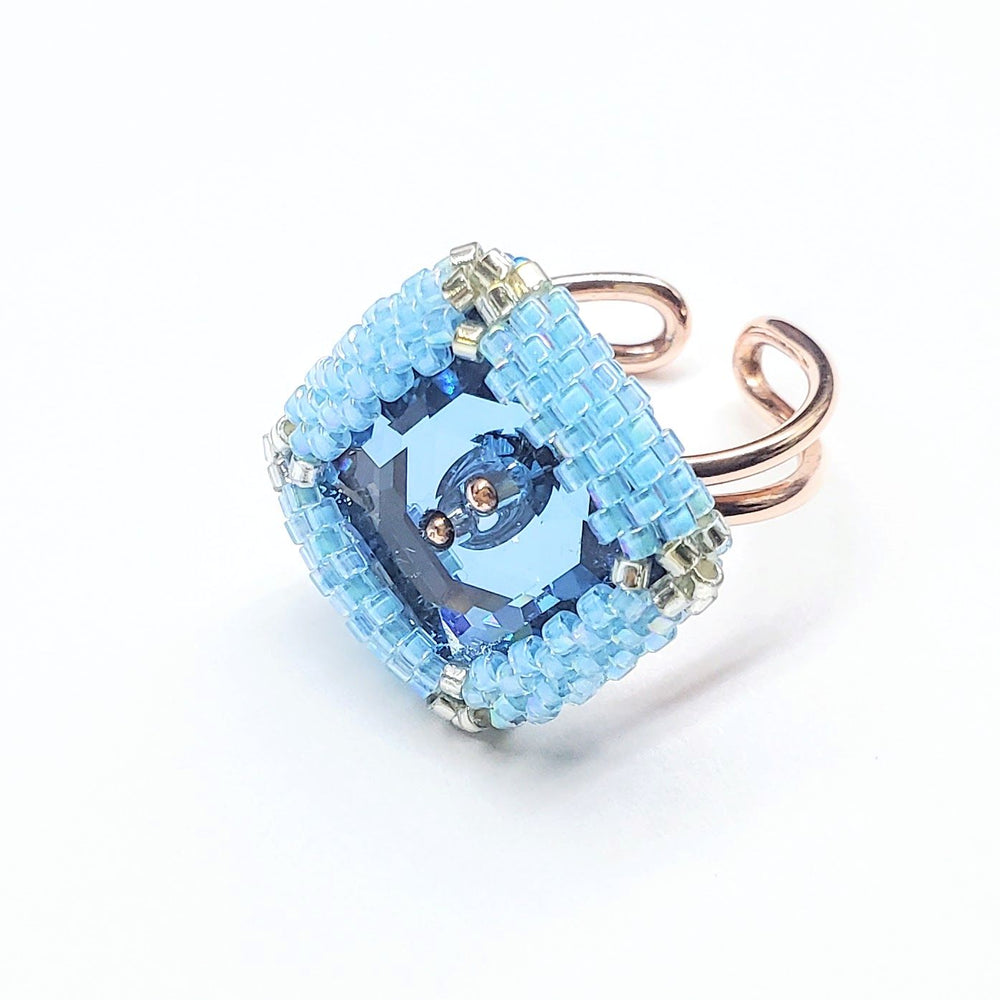
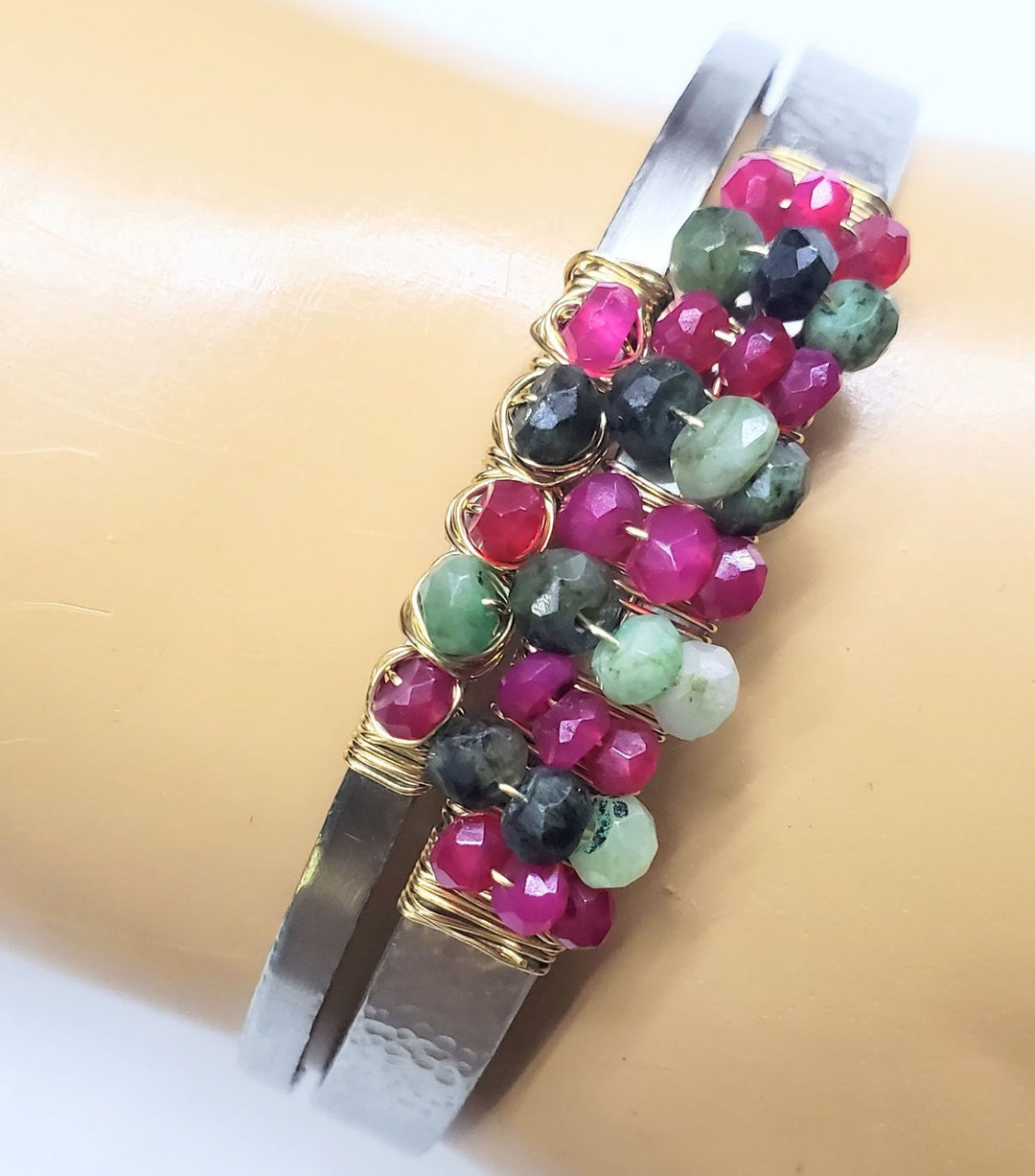
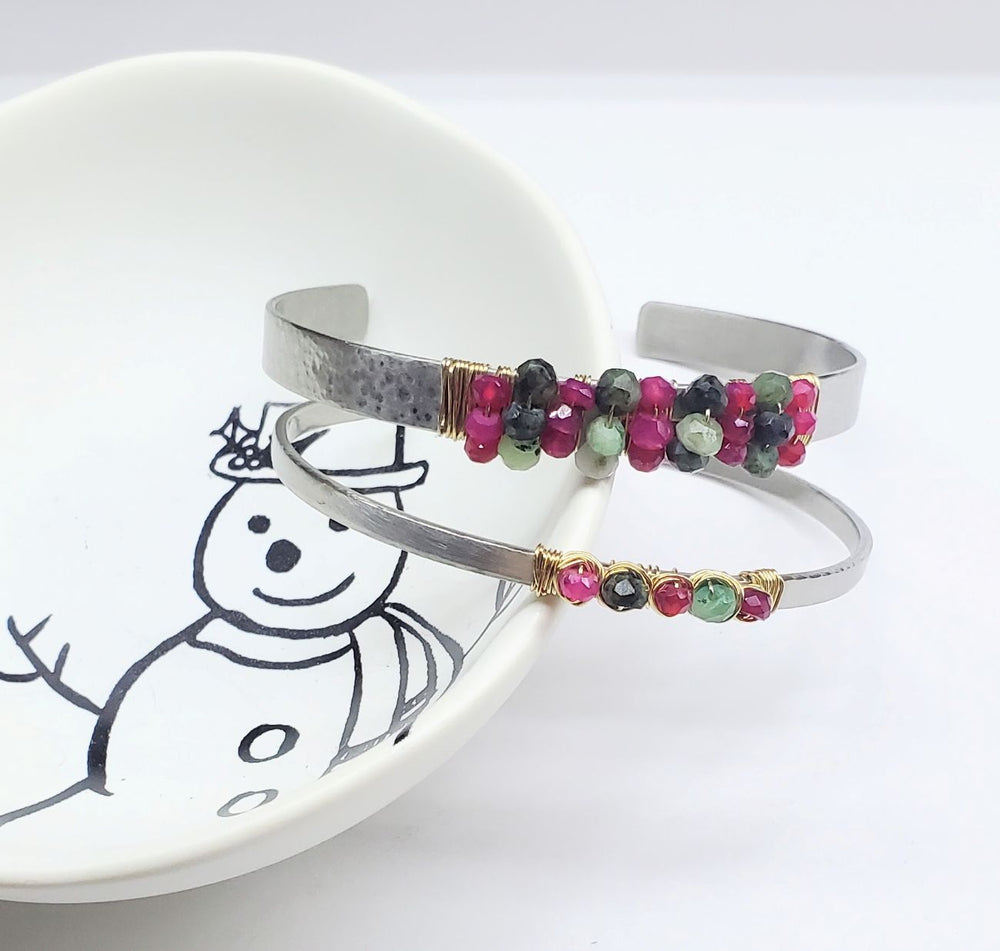
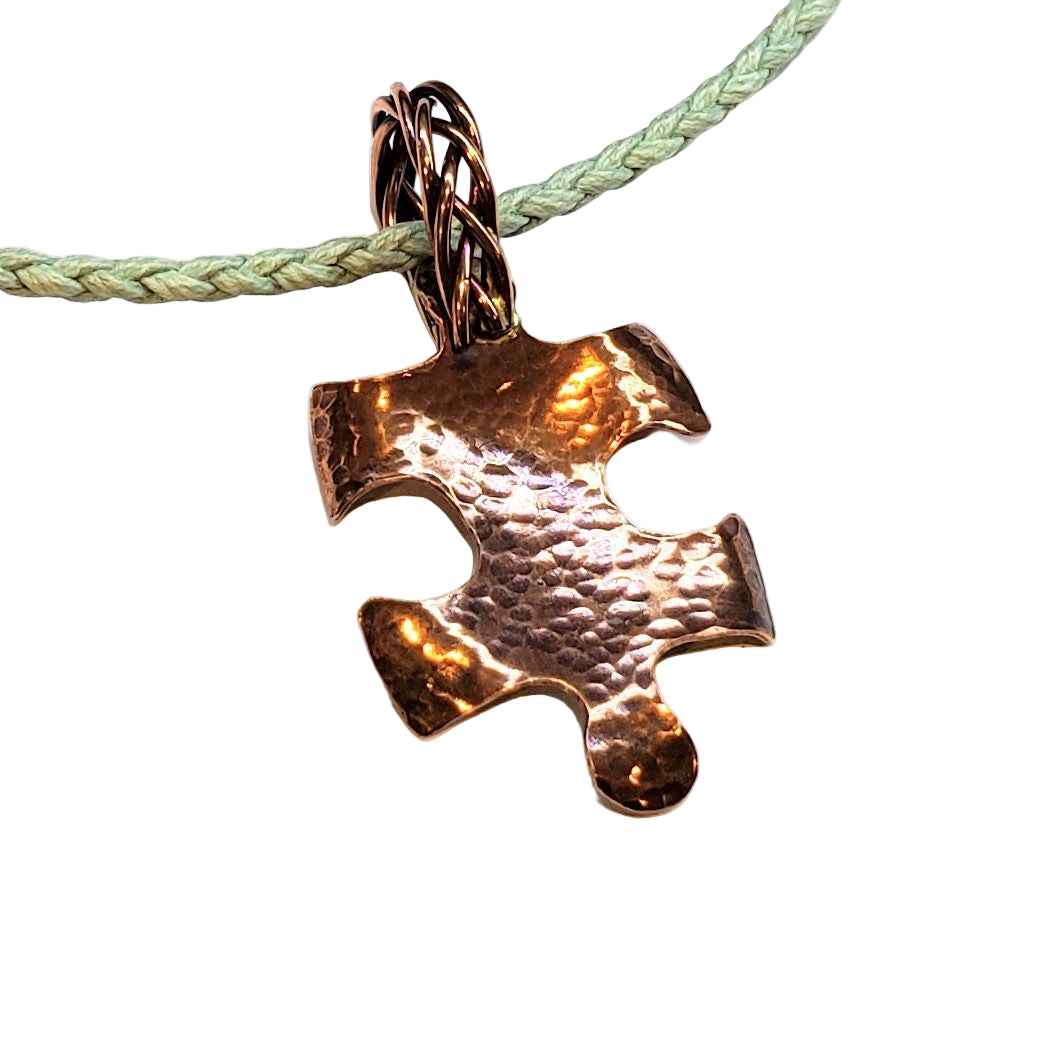
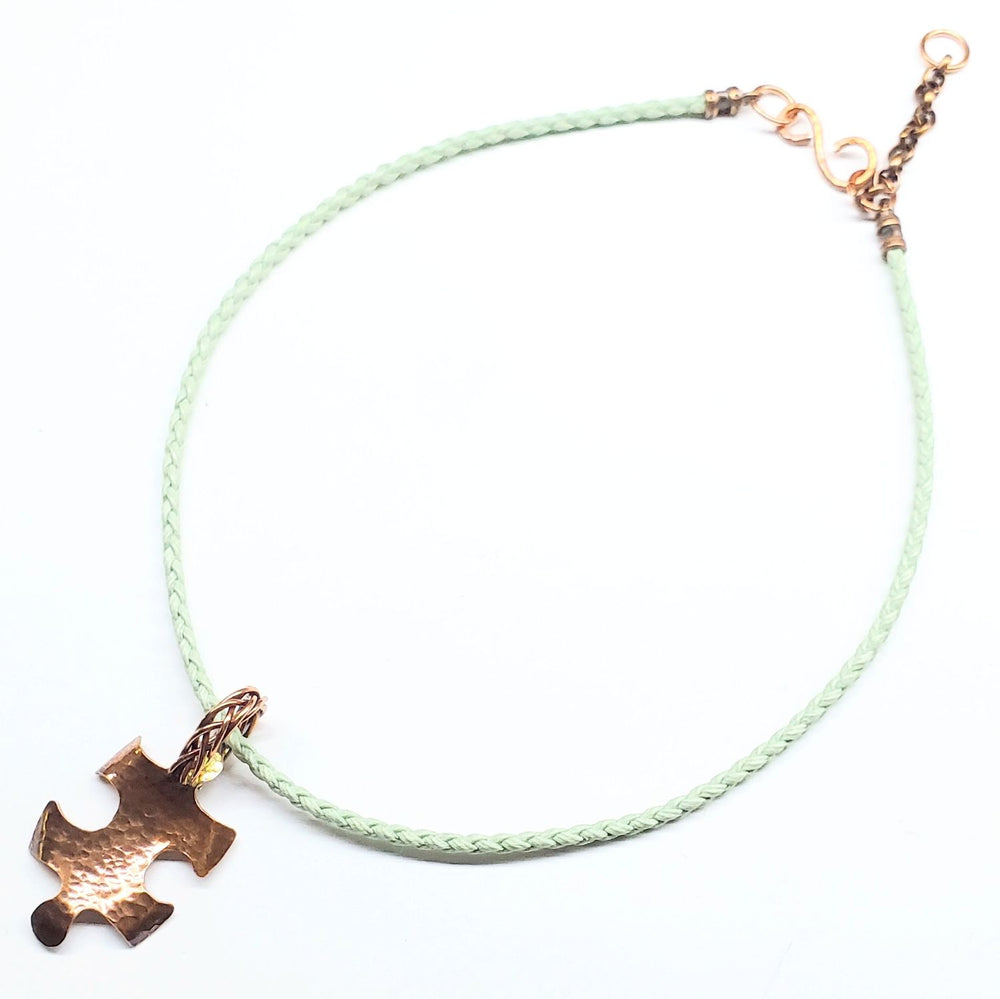
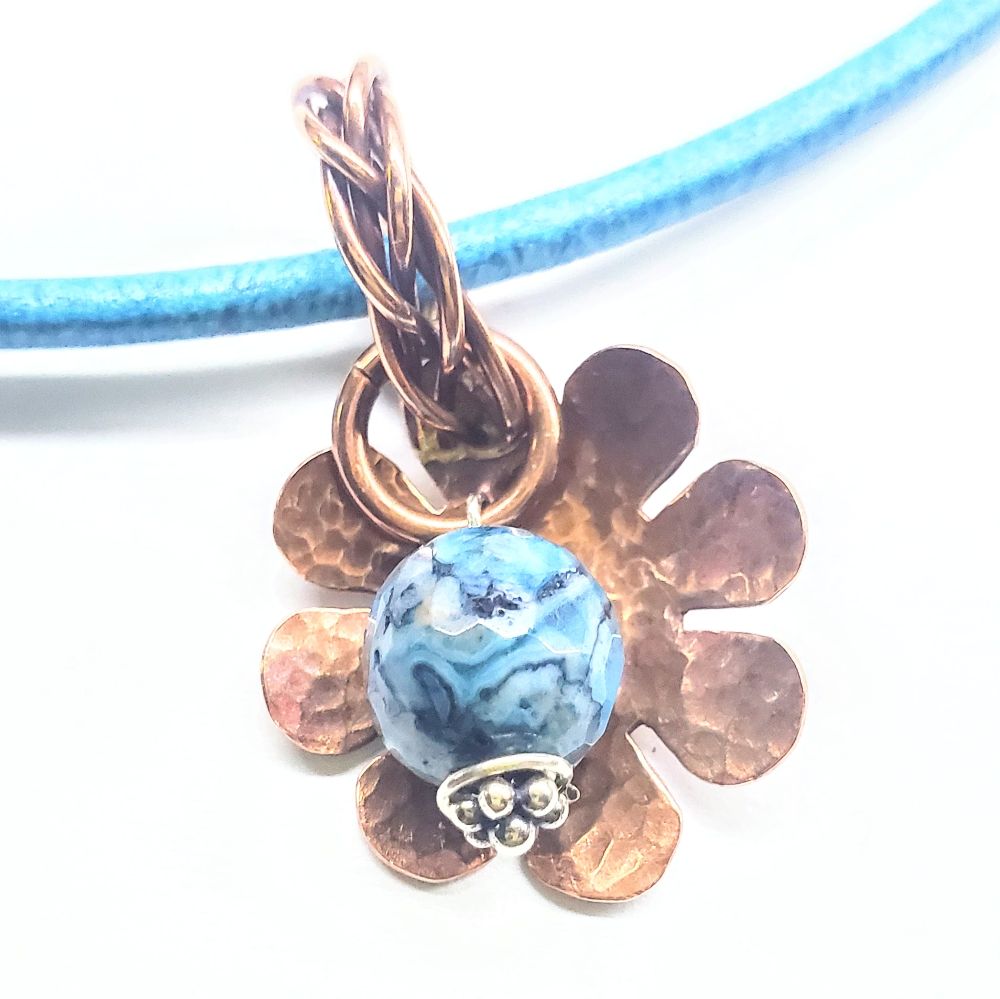
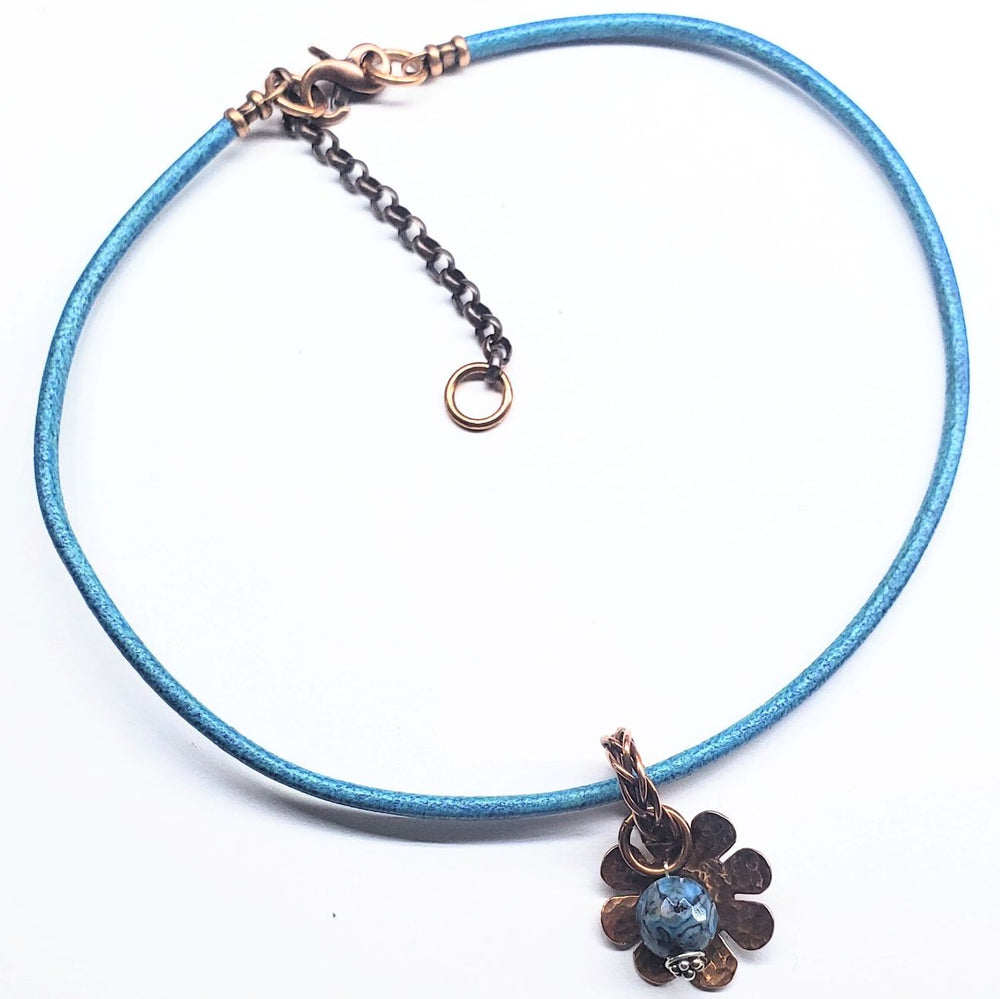
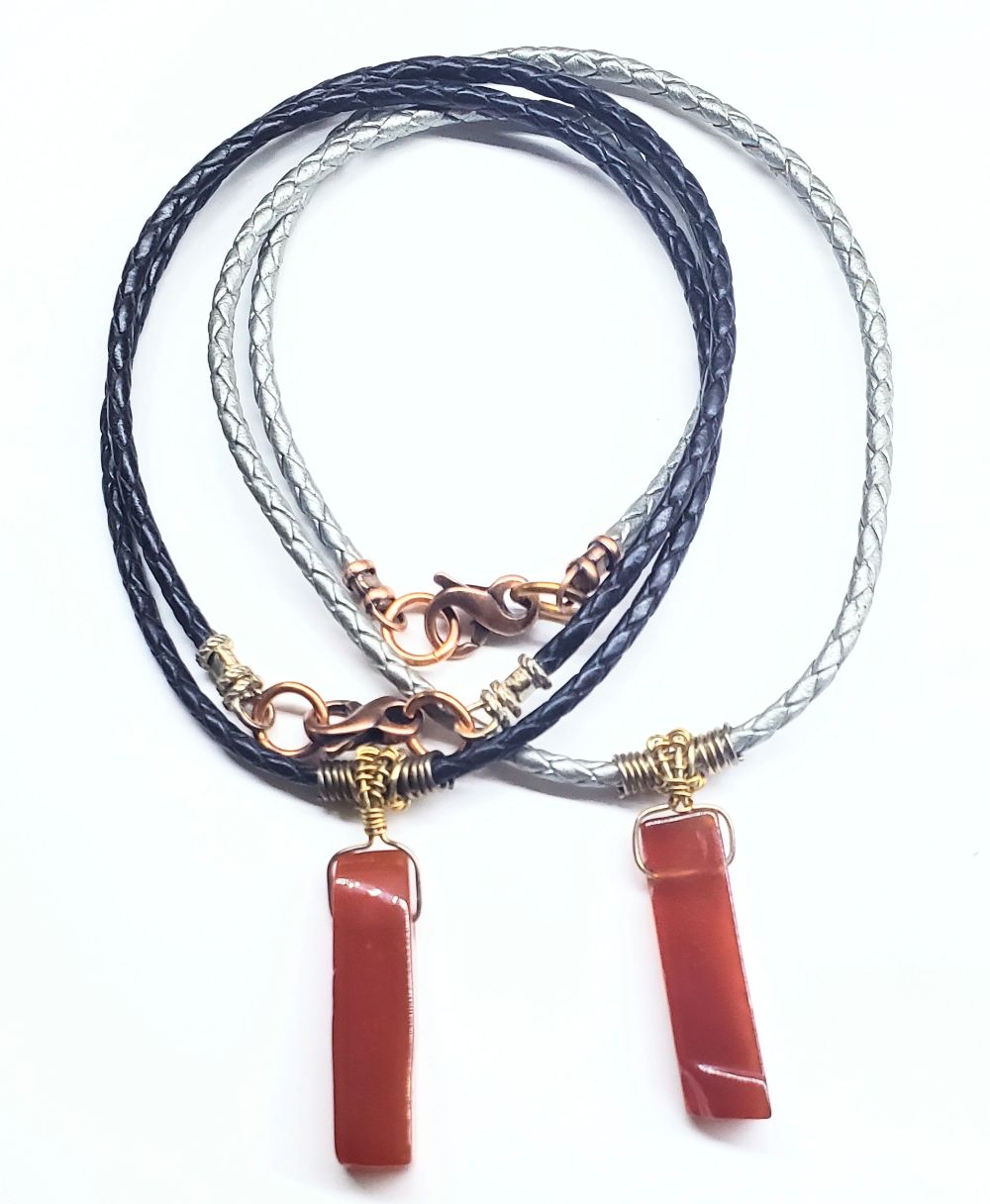
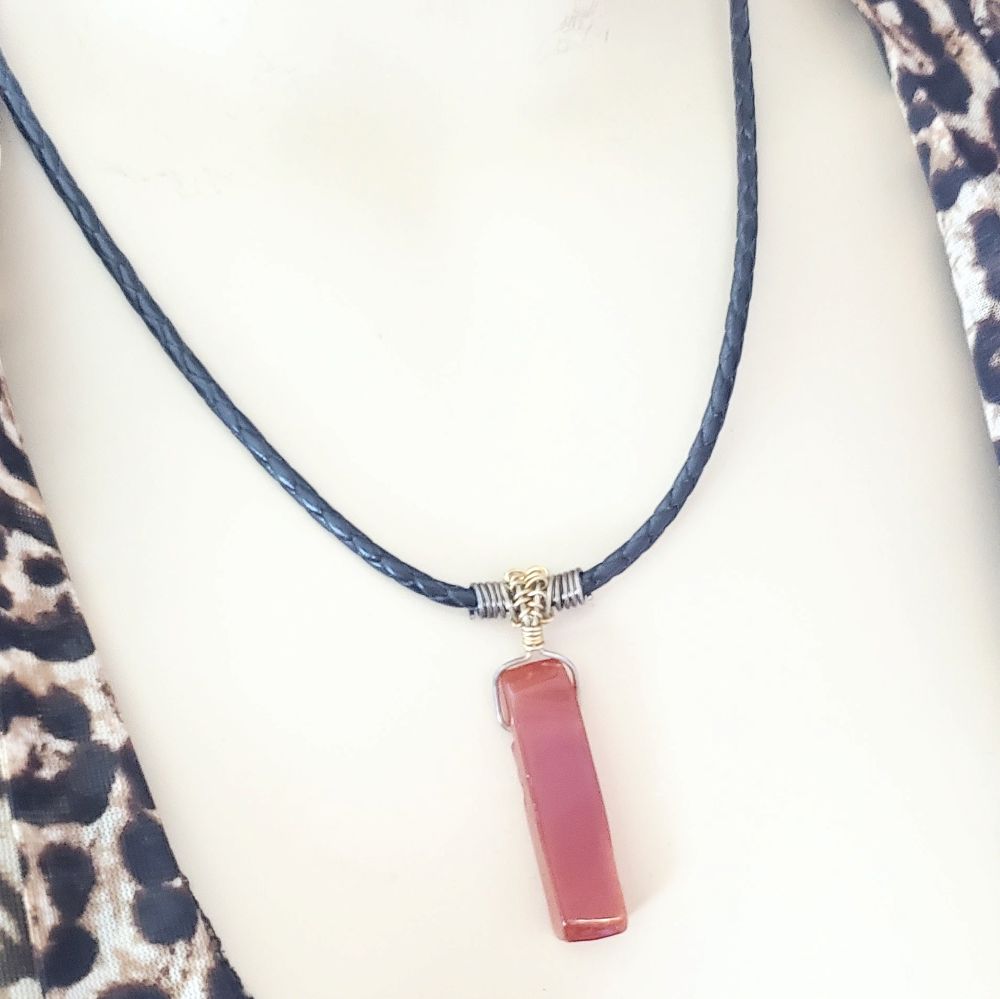
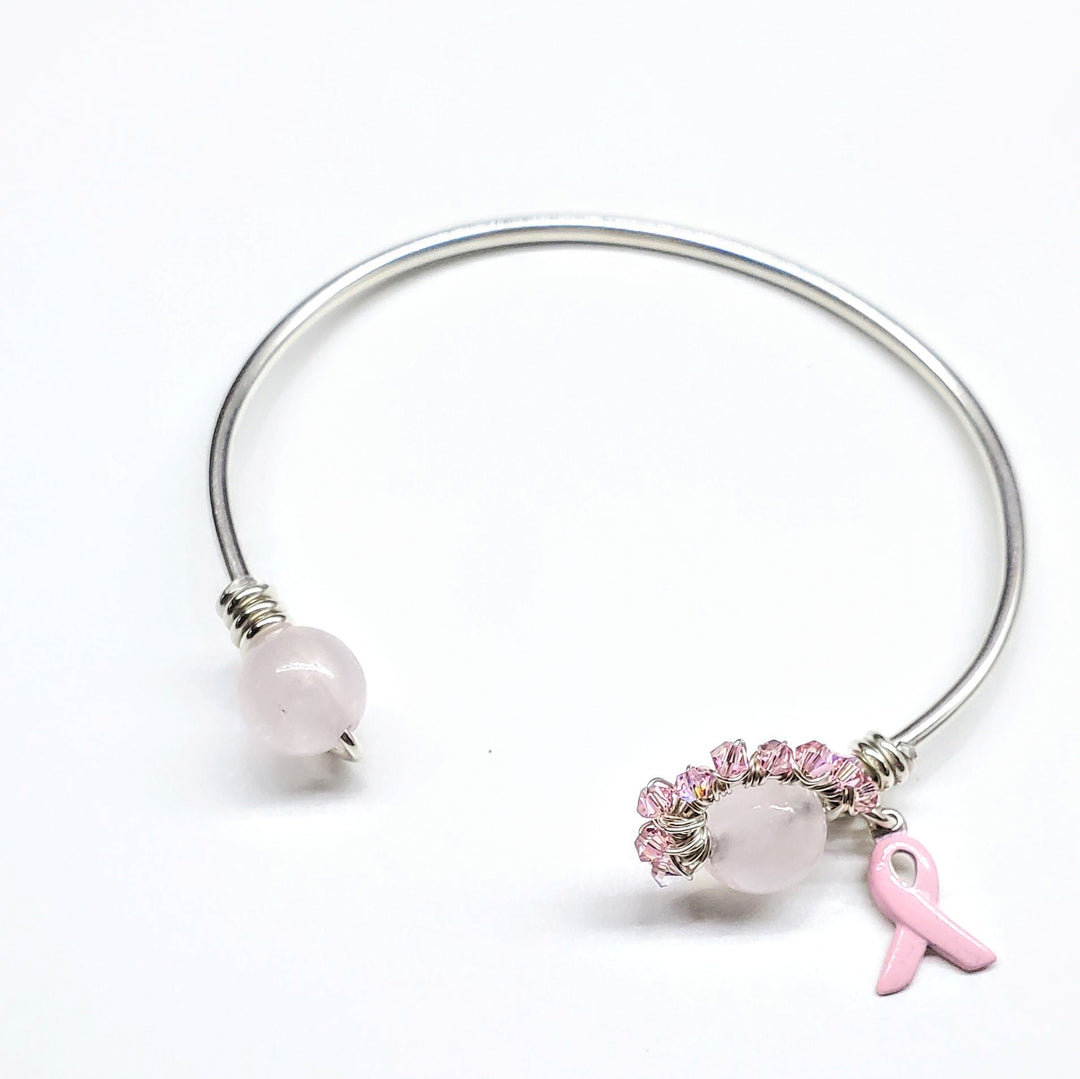
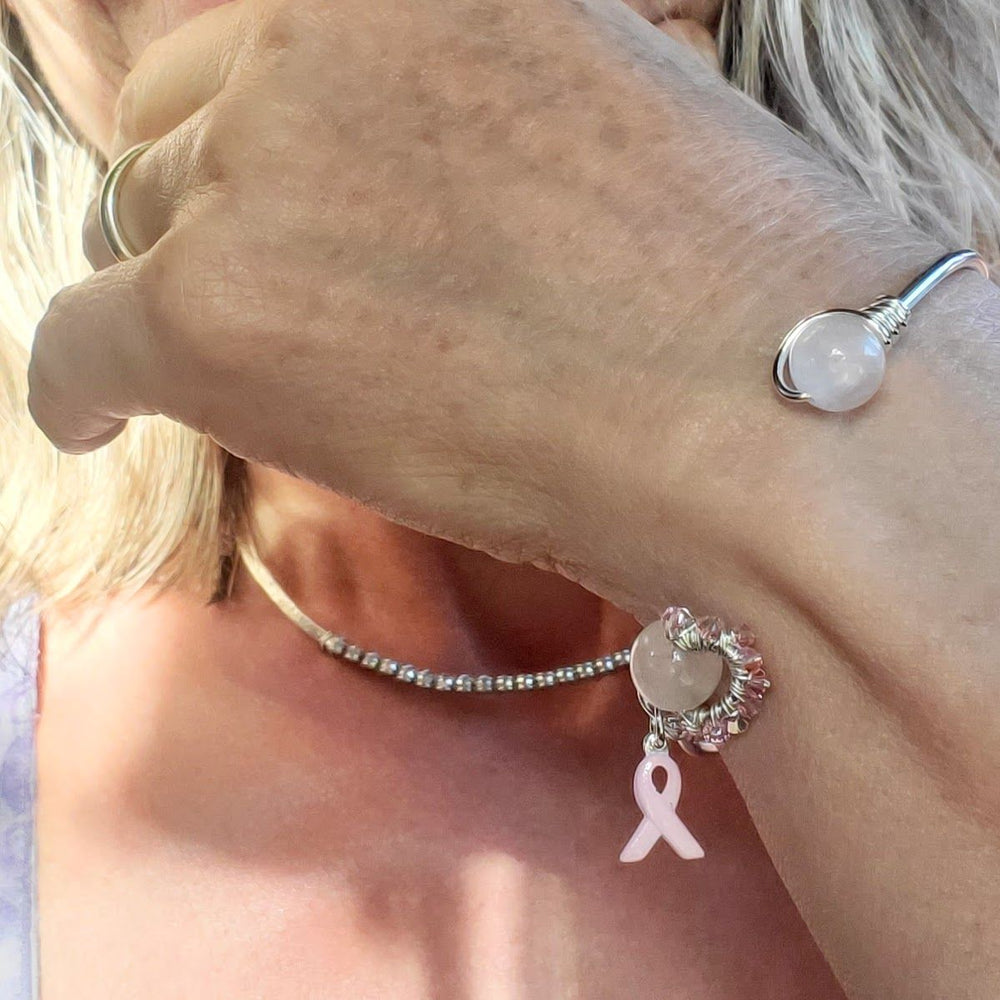
Leave a comment